After taking some serious action, you’ve published a slew of lined journals and feel fully confident in the low-content publishing process. You’ve made a few sales, but you’re ready to really crank things up a notch, and more lined journals just don’t feel like the way to go when there are already THOUSANDS of them live on Amazon.
But, what to do next?
You don’t have to jump directly into designing super-complex interiors in obscure niches in order to diversify your book catalogue and start generating increased sales. If you’re more into the stepping stone approach, then read on to discover 5 profitable low-content book niches you can try that will get you out of lined-journal territory and exploring a few other intermediate-level low-content niches.
This is definitely not an exhaustive list—there are many other low-content book types you can try. But the types on this list offer a natural progression from lined journals and, as I said, can be looked at as stepping stones into more complex low-content book ideas.
A quick note: when creating books in the following broad niches, be sure to “niche-down” as much as possible. For example, rather than creating a generic guest book, create a guest book for a girl’s first birthday party; and instead of creating a run of the mill book of manuscript paper, create one aimed specifically at a trumpet player in a jazz band. The idea is to avoid over-saturation by drilling down as far as you can go and creating books targeted at very specific people and interest groups.
1. Guest Books
Guest books are an area where I’ve had some pretty great success by targeting very specific interest groups at very specific times of year. There are a lot of options here—birthdays, anniversaries, holiday parties, work functions, weddings—anywhere that groups of people are gathered (often for sentimental reasons). Play around with general layout and what details to include.
2. Dot Grid Journals
Dot grid journals are probably the easiest type of low-content book to attempt after mastering the lined journal. They’re literally just books filled with pages of dots in a grid format (surprise, surprise). Because the interiors are so simple, you’re really going to have to pay special attention to differentiating your book through its cover art, so be sure you’re really paying attention to what specific demographic or interest group you’re trying to appeal to.
Alternatively, you look for a way to make the interior more complex, like the third example below, which does a great job of taking the simple dot grid journal concept to the next level.
A word of caution: bullet journal and bujo (the terms most commonly used when talking about dot grid journals) are trademarked terms, so don’t use those anywhere in your books or their metadata.
3. Manuscript Paper
Manuscript paper is what musicians use to record their musical compositions in written format. You’ll also see this called staff paper, sheet music, music writing pads, or music composition notebooks.
There are some variations you can produce with this type of book, such as the width of the staves (the 5 horizontal lines that musical notes are written on), but as with the lined journal, since the interior is quite simple, you’ll really want to put some extra effort into differentiating your books through who you’re targeting, and the cover art you use.
4. Log Books
Log books are great because there is a lot of latitude when it comes to how simple or complex you go with the interiors, as well as a seemingly never-ending list of hobbies and interests where a log book might be useful. Two totally disparate examples would be a diet and exercise log book and a hunter’s shooting log book.
There’s lots of room for experimentation here, so really try to dig deep and uncover some untilled ground.
5. Daily Planners
Planners are the most complex books on this list to create, and they’re my favourite for that very reason. The more complex and time-consuming an interior is to create, the more competition drops away due to the unwillingness to spend large amounts of time creating a book that they’re unsure will offer a return for that time. This is great news for those of us that are willing to take that chance in order to create a more sustainable self-publishing business.
Having said that, planners are definitely becoming more and more popular with self-publishers, so there is still that need to drill down and uncover untapped sub-niches, and target them appropriately.
There you have it! I hope your wheels are now turning in the direction of the next low-content books you’d like to try.
Let me know in the comments below if you’ve already tried any of these types of low-content books, and what successes you’ve experienced. Alternatively, are there any types of low-content books you would add to this list as an easy and natural progression from lined journals?
FREE GUIDE: 3 Steps to Publishing Your First Low-Content Book in Less Than a Day
MORE LOW-CONTENT PUBLISHING TIPS: https://www.rachelharrisonsund.com/
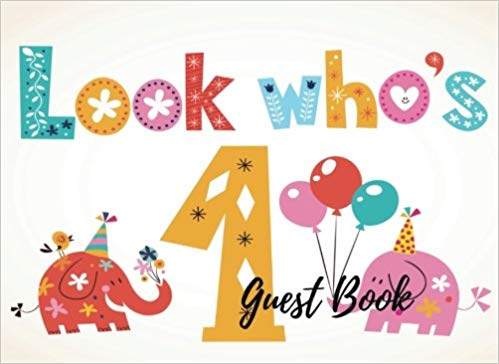

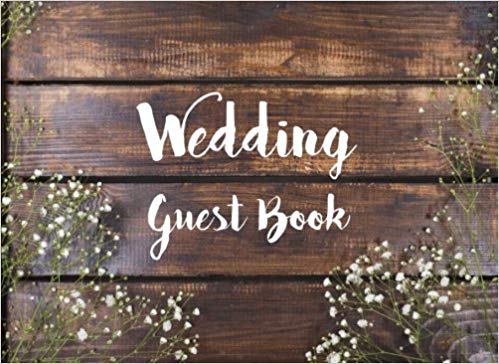
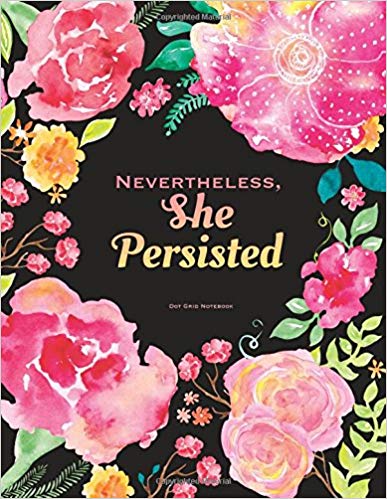
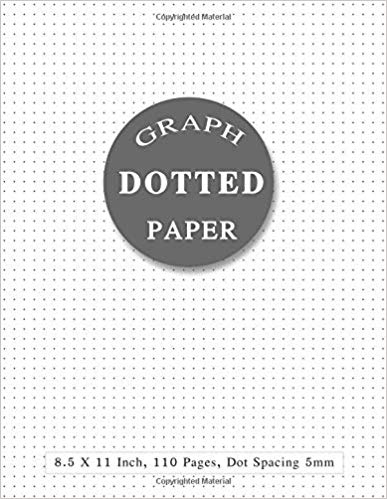
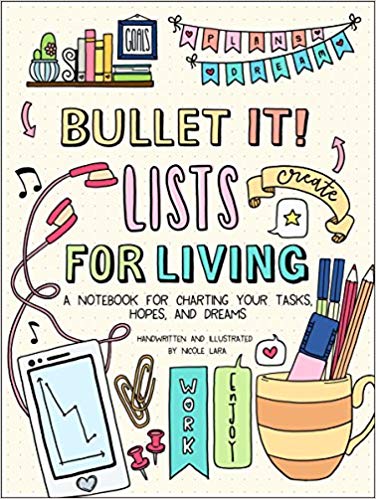
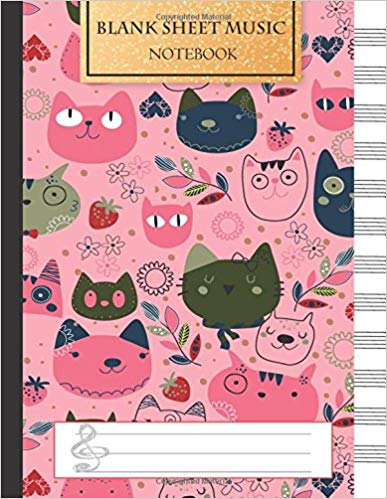

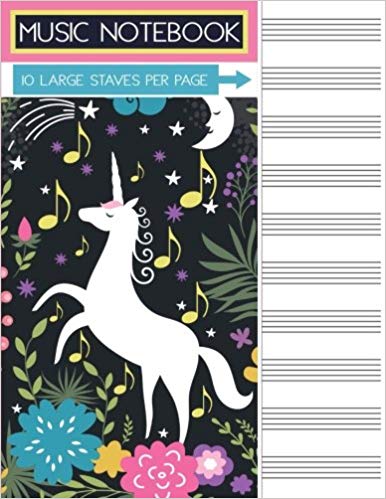


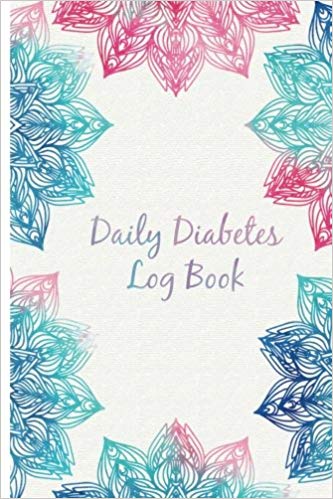
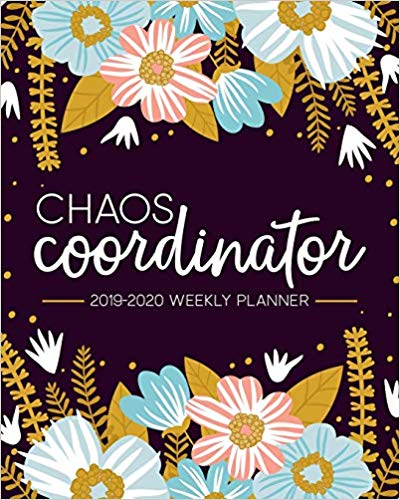
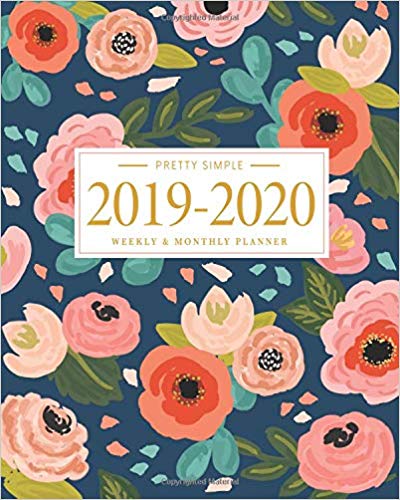
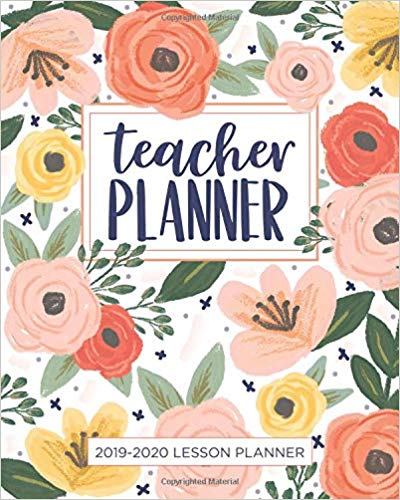

Great post – it’s nice to see what else is out there instead of lined journals and notebooks. Out of curiosity, what are some of the more advanced interior types? Maybe this is a future post, but it’s piqued my interest as a way to eliminate people who concentrate on the “easier” ones.
Thanks!
Hi Adam! I’ve got a post coming out shortly that covers several of the more advanced low-content book types, so stay tuned!
Thanks ! you’re the best <3
Thanks for another informative video. I just published my first lined journal on Amazon! Yay! I’m anxious to create more low-content books, and these ideas are great. However, I’m wondering how to create the pages for the inside. I appreciate the PDF you provided for the lined journal, but how do I create the inside pages for the other types of books? Do you have a template, or can you give an idea of the size of the pages? I assume I can create them in Word; just need some guidance to get started. Thank you!
Hi Kristen! Congrats on publishing your first journal! If you’re a beginner, I’d create the interiors on Canva, just like you did with the cover. Canva has a lot of tutorials on how to create multi-page documents, so check them out. I will soon have an array of templates for you guys, too, so stay tuned for those!
This is so helpful – I’m currently awaiting my first planner to make it through the final review stage before it’s officially up on Amazon for sale! Have you talked somewhere about taking advantage of the “Look Inside” feature? I did design several pages and would like for buyers to see that there’s more inside than just lined pages, but I didn’t see anywhere in the publishing process that offered this option? Thank you!
Glad you found it useful, Lisa! The Look Inside feature is automatically enabled, but sometimes can take a day or two to show up.
It’s hard to find knowledgeable people on this topic, but you sound like you know what you’re talking about! Thanks